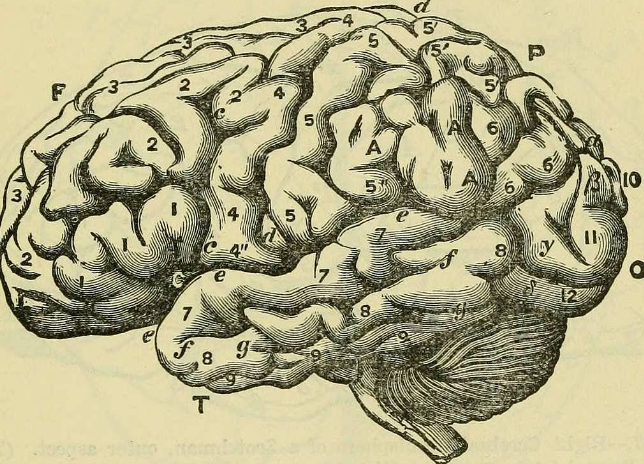The psychology of murderers is very complex. Many people believe that people are just born good or bad. However, that is simply not true. Many factors contribute to how a person acts including:
Environment: A person’s environment greatly contributes to a person’s actions. This is true because if a person is exposed to violence, abuse, neglect, or a dysfunctional family, they can pick up behaviors that they most often see. This can increase the chance of developing violent behaviors or tendencies later in life.
Genetic and Biological Components: Some research suggests that certain genetic and biological traits can increase the risk of violent behavior. For example, studies in both humans and animals have shown a strong link between a larger amygdala and aggressive behavior. The amygdala detects potential threats and initiates a response which can include aggression depending on the situation.
Psychological Disorders: Many murderers suffer from psychological disorders or mental illnesses such as severe depression, antisocial personality disorder, psychopathic behavioral syndrome, and anxiety. These conditions can impact judgment, increase impulsivity, and decrease empathy, causing murderers to overall feel less emotion toward themselves and others.
Traumatic Experiences: Many people have been affected by traumatic experiences. However, many people don’t actually understand what a traumatic experience is. A traumatic event or experience is not just stubbing your toe or forgetting to do your homework. An actual traumatic event is a shocking, scary, or dangerous experience that can affect someone emotionally, mentally, and/or physically. This often includes death, injury, or natural disaster. Trauma of any kind can lead to feelings of sadness, anger, helplessness, violent behavior, and the need to feel or be in control.
Motive: In few cases, a murderer can feel so strongly about hating someone. The most common reasons for motive include being fired from a job, abuse of a family member, robbery, and immense hatred.
Drug Abuse: Drug abuse can contribute to how a person’s brain functions. This includes overdosing and not being able to control your actions, and even drugging somebody with a benzodiazepine (which lets people be easily controlled) drug and then telling them to murder someone. The most common benzodiazepines are prescription drugs. This includes Valium®, Xanax®, Halcion®, Ativan®, and Klonopin®.
An example:
Jeffrey Dahmer, who was a serial killer and registered sex offender, grew up with exposure to violence and experimented with his father by bleaching the connective tissue and hair off of rodents’ corpses when they found animals who died under their house. As dark as this may seem, Dahmer’s father considered it an extension of professional expertise because he was a chemist.
Jeffrey Dahmer’s childhood was not without problems. His mother, Joyce Dahmer attempted suicide, and his father was often preoccupied with his work, and absent a large amount of the time.
All in all, it is important to understand that multiple factors contribute to how somebody behaves and that this is just the surface of criminal psychology.

































































































































